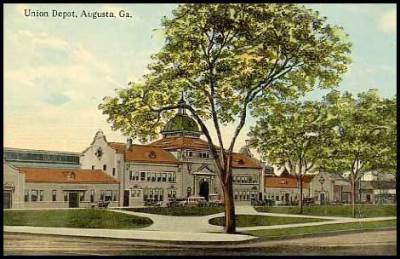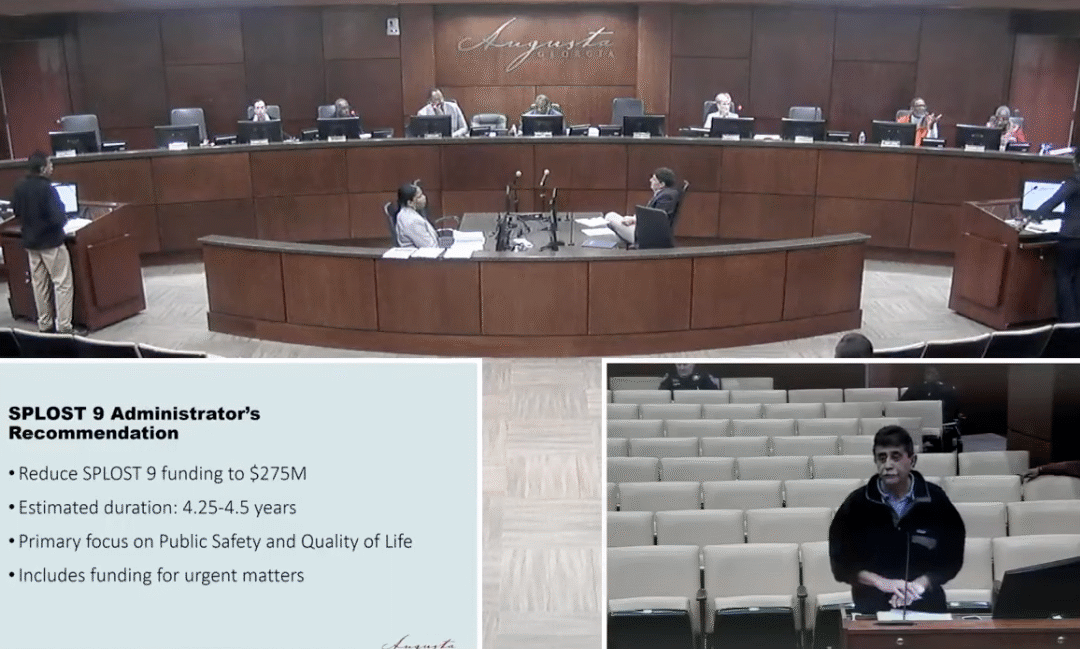In modern Augusta, the trains traversing the downtown area are mainly a nuisance to commuters. But once upon a time, people celebrated the trains that brought with them economic prosperity and even a bit of entertainment.
At one time, school children and adults alike would congregate near Union Station to see the Pullman cars of the wealthy and famous arrive in town.
MORE: Officials comment on Trump assassination attempt, one faces backlash
Prior to the invention of the steam locomotive, the two biggest agricultural staples produced in Augusta were cotton and tobacco, and the only way to transport the crops was by waterway, which was costly and labor intensive.
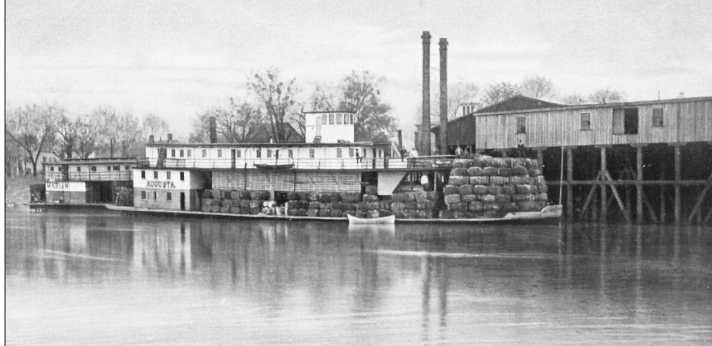
According to the Augusta Museum of History, in 1833, what was touted as the longest railway in the world was built. The rail line started in Charleston, but curiously, it only went as far as the town of Hamburg, which was across the Savannah River from Augusta.
Cotton and tobacco farmers still had to pay to ferry their crops over to Hamburg and leaders in Georgia felt that not having proper rail service in the state left Georgia at an economic disadvantage, and so legislators began working on what eventually became the Georgia Railroad and Banking Company.
By 1835, the railway came through Augusta and made its way west along the same path as used today.
By the turn of the 20th Century, both Augusta and Aiken began competing for what was called the ‘winter colony’ trade. That is, the Northern elite had discovered the CSRA as the perfect place to escape the frozen winters of New York City.
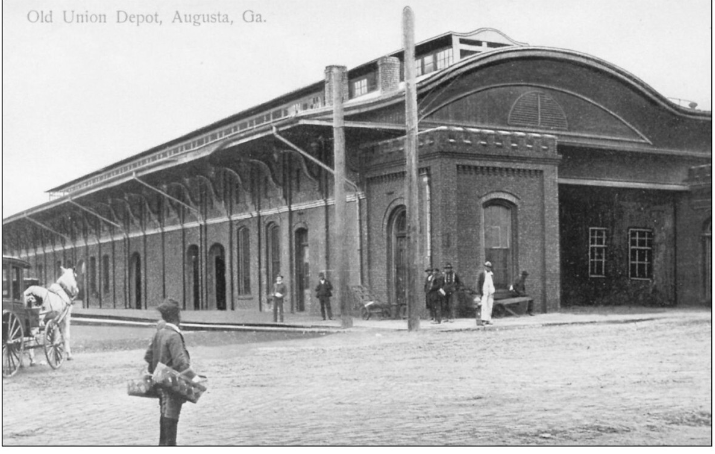
This led to a building frenzy in Augusta; the Albion Hotel, Bon Air Hotel and Partridge Inn went up in roughly the same time period.
According to the late Augusta historian Ed Cashin, writing in his book “The Story of Augusta,” tycoon Andrew Carnegie even proposed funding 90% of a massive new public library if the city would make up the difference. Sadly, in the Jim Crow era, this was not to be.
Carnegie demanded that if his name were to be placed on the library, that it be open to everyone. Some of the more racist factions of city leadership were against the idea of Blacks becoming more literate and couldn’t stomach the thought of ladies of high society having to choose their reading material next to people of color, so the idea was abandoned.
As the winter colony trade grew, Augusta’s train depot was really nothing special and looked more like a warehouse than a proper train station, so the decision was made in 1900 to build a massive new railroad terminal to replace the one built shortly after the Civil War.
The Georgia Railroad and Bank Company spared no expense in building the new Spanish Renaissance style building. The new Union Station, replete with its marble lined palm courts and other luxuries the wealthy expected, cost over $8 million in today’s money.
The station even had its own band that would play to the delight of both the incoming visitors, as well as the locals looking to catch a glimpse of a celebrity.
What had first been a trickle of vacationers became a flood and other businesses such as fine silk dressmakers, chocolatiers and fine hat makers sprang up. Augusta even had its own Turkish bath, which was all the rage at the time.
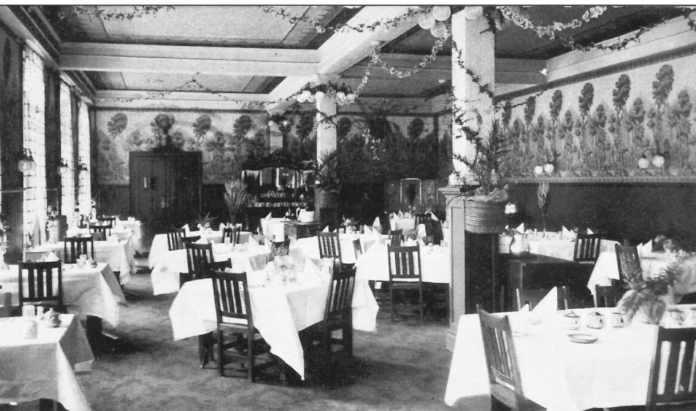
However, the winter colony trade would not last long. The Great Depression caused the Pullman cars to be seen not as a thing of awe, but a symbol of unbridled greed and the Northern elite began preferring to build their own private retreats that were reachable by motor car instead of having disembark at a public space where they might be ridiculed.
By the 1960s, the airplane had replaced the train as the preferred mode of transportation and so the massive Union Station was no longer needed. Despite the fact that the likes of Charlie Chaplin, Bobby Jones, Helena Modjeska and President William Taft once walked its halls, the building was demolished in 1972.

The Federal Post Office now sits on the site, but there are a couple of reminders of the railroad’s glory days in Augusta, if one knows where to look.
The dome that once sat atop Union Station was preserved and sits on the grounds of the old Richmond Academy on Telfair and the gateway arch of the Georgia Railroad remains in place on the grounds of the Augusta Entertainment Complex and James Brown Arena.
…And that is something you may not have known.
Scott Hudson is the Senior Investigative Reporter and Editorial Page Editor for The Augusta Press. Reach him at scott@theaugustapress.com

